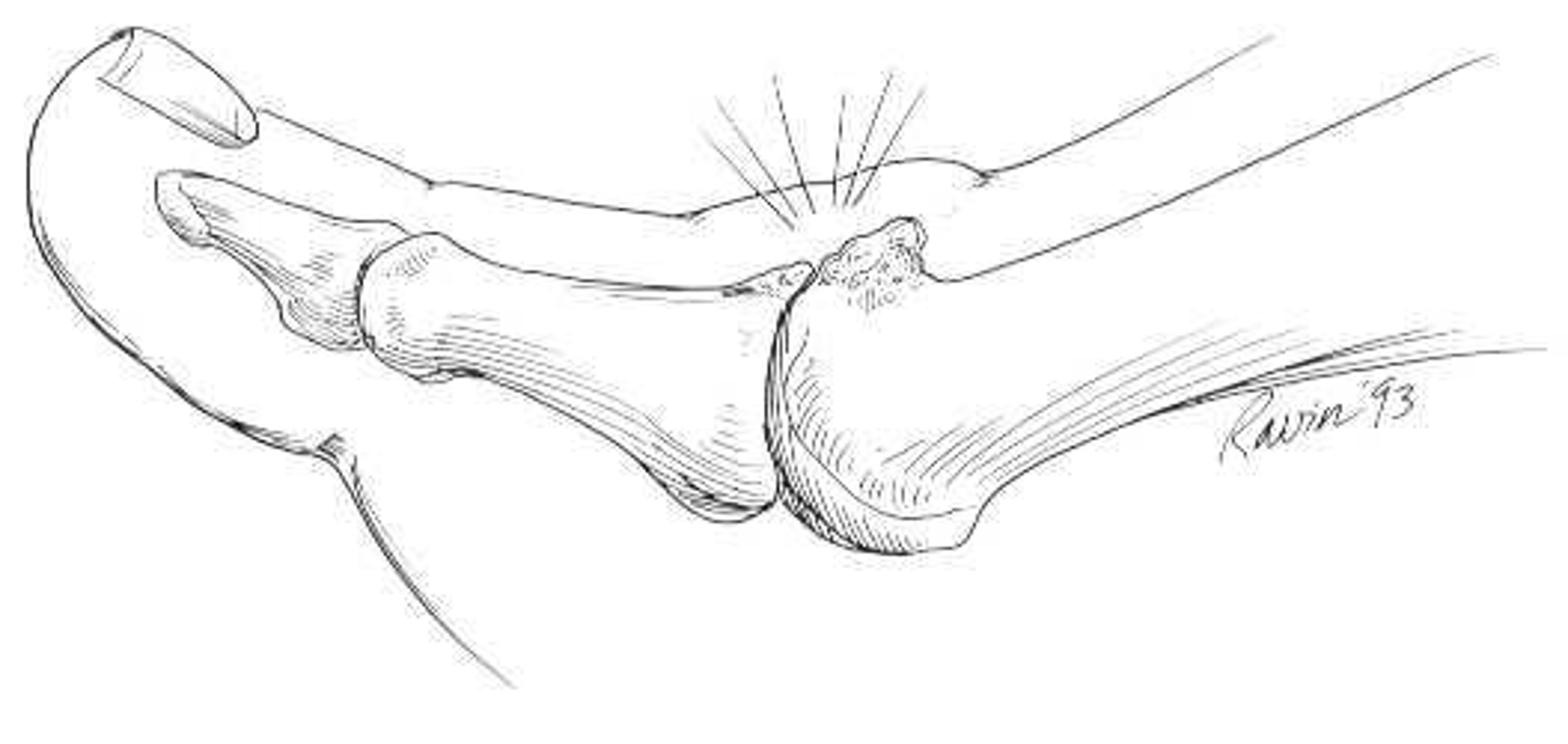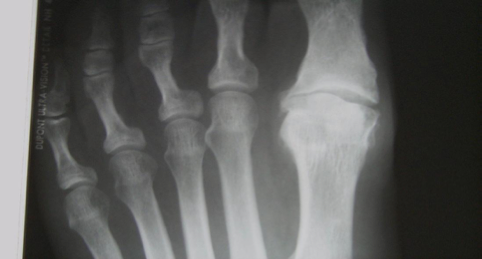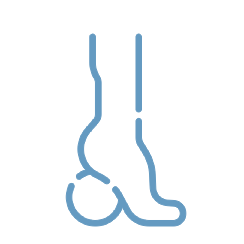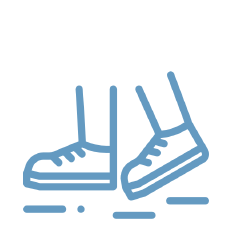What is Big Toe Arthritis and how can it be treated?
Book a free Intro call today to discuss your range of treatment options for Big Toe Arthritis
The Sajid Shariff clinic is the leading, private orthopaedic Kent-based clinic that can help, listen and advise on a wide range of treatments for Big Toe Arthritis. Book a free Intro call with our Medical Secretary to discuss treatment options available.
What is Big Toe Arthritis (Hallux Rigidus)?

Tests & Assessment for Big Toe Arthritis

Kent’s Holistic Foot & Ankle specialists
The Sajid Shariff clinic is a private orthopaedic clinic based in SE London and Kent that specialises in surgical and non-surgical treatment of foot and ankle conditions including big toe arthritis, achilles tendinitis, bunions, ankle sprains, plantar fasciitis.
Keep an eye on the shape of your feet; if you see changes see a doctor to find out if there are any recommendations to prevent hallux valgus from forming

Strengthen your feet by exercising them

Wear shoes that fit your feet well and offer good support

Try to avoid shoes that have a heel or pointed toe
Treatments options for Big Toe Arthritis (Hallux Rigidus)
Non Surgical Treatments
Early or mild arthritis may be treated using non invasive procedures such as insoles. It is possible to manage Hallux Rigidus by adapting your footwear and wearing shoes with a firm sole. This may improve your symptoms. Tender areas on top of the big toe that are uncomfortable may be relieved by the use of protective pads made of silicone and other materials. These provide cushioning to prominent or tender areas.
Prescribed medications – These contain anti-inflammatory properties that may help to reduce discomfort. Anti-inflammatory gels applied topically may also be effective in the relief of symptoms.
Steroid injection – This procedure is usually carried out as an outpatient procedure. The steroid injected into the joint also helps to reduce pain and inflammation. The joint may become more painful for a few weeks in a tiny minority of patients. Pain relief is obtained in about 70% of patients for a few weeks or months but the procedure does not cure the underlying arthritis and further treatment may be considered later. The injection can be a method of delaying treatment if there is mild to moderate arthritis in the joint.
Non-steroidal anti-inflammatory medication: Drugs such as ibuprofen and naproxen (check with GP if you are on other medications or if using these drugs for more than a month) help to reduce pain and swelling. They do not reduce the thickening of the degenerated tendon.
The following exercises can help to stretch the calf muscles and reduce stress on the Achilles tendon.
- Eccentric Stretching Protocol – Eccentric stretching aims to stretch the calf muscle.
- Bilateral heel drop – Stand at the edge of the bottom step of a stair or a platform with just the front half of your foot. This position will allow your heel to move up and down. Care must be taken to ensure that you are balanced correctly to prevent falling and injury. Be sure to hold onto a railing or bannister to help you balance. Slowly lower your heels to the lowest point possible by bending at the ankle (dorsiflexion). Hold the position for 30-60 seconds and relax. Repeat this exercise 20 -30 times. A strong pull in the calf should be felt during the stretch. This exercise should be done in a slow, controlled fashion. Rapid movement can create the risk of damage to the tendon. As the pain improves, you can increase the difficulty level of the exercise by holding a small weight in each hand.
- Single leg heel drop – This exercise is performed similarly to the bilateral heel drop, except that all your weight is focused on one leg. This should be done only after the bilateral heel drop has been mastered.
Physiotherapy: Physiotherapy is very helpful in treating Achilles tendonitis and a physiotherapist can guide the stretching exercise programme. It has proven to work better for noninsertional tendonitis than for insertional tendonitis.
Supportive shoes and orthotics – Pain from insertional Achilles tendinitis is often helped by certain shoes, as well as orthotic devices. For example, shoes that are softer at the back of the heel can reduce irritation of the tendon. In addition, heel lifts can take some strain off the tendon.
Heel lifts are also very helpful for patients with insertional tendonitis because they can move the heel away from the back of the shoe, where rubbing can occur. They also take some strain off the tendon. Like a heel lift, a silicone Achilles sleeve can reduce irritation from the back of a shoe.
If your pain is severe, your doctor may recommend a walking (airboot) boot for a short time. This gives the tendon a chance to rest before any therapy is begun. Extended use of a boot is discouraged, though, because it can weaken your calf muscle.
Extracorporeal shockwave therapy (ESWT) – During this procedure, high-energy shockwave impulses stimulate the healing process in damaged tendon tissue. ESWT is noninvasive—it does not require a surgical incision and there is minimal risk involved.
PRP (platelet) Injections – may be tried before considering surgery.
Cortisone – a type of steroid, is a powerful anti-inflammatory medication. Cortisone injections into the Achilles tendon are rarely recommended because they can cause the tendon to rupture (tear).
Surgical Treatments
Surgery should only be considered if all non surgical measures have been explored OR if symptoms are significant. Surgical methods of treatments include:
Cheilectomy
Fusion

